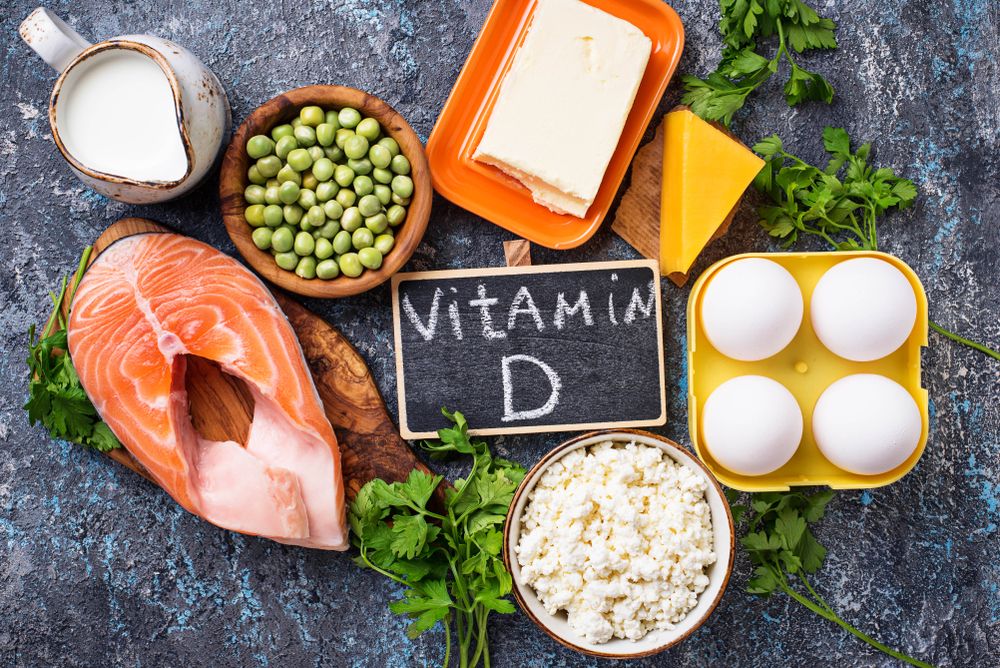As the fall and winter seasons approach, vitamin D becomes a hot topic. Since sunlight is our primary source of this essential vitamin, its scarcity during periods of reduced daylight can lead to deficiencies. Vitamin D is crucial for both bone and brain health, so when sunlight is insufficient, it becomes essential to integrate more vitamin D-rich foods into our daily diet.
Vitamin D and Its Impact on Bone Health
Inadequate vitamin D intake has been associated with deteriorating bone health and an elevated risk of osteoporosis, a condition characterized by weak and brittle bones. How does this happen? Vitamin D is essential for the efficient absorption of calcium by the body. Therefore, if you experience a prolonged deficiency in vitamin D, your body won't be able to absorb the required amounts of calcium from your diet. Consequently, your body begins to extract calcium from your bones, which store approximately 99% of the body's calcium, resulting in bones that are weaker and more fragile. Over time, this can progress to conditions such as osteoporosis or osteomalacia, which involve the softening of bones.
The Role of Vitamin D in Immune Function
Vitamin D doesn't just contribute to maintaining strong bones; studies indicate that it can also combat colds by fortifying the immune system. Immune cells, such as T and B cells, express the vitamin D receptor, making them susceptible to the effects of vitamin D intake.
Research conducted by scientists at Penn State proposes that vitamin D may have a role in immune response regulation by assisting the immune system in switching off once the infection has been eradicated. This aids in the recovery process from infections since the excessive immune response, if left unchecked, can prolong inflammation caused by the infection, as explained by Margherita Cantorna, a professor of molecular immunology and the study's lead author, in a press release. Maintaining sufficient levels of vitamin D can help mitigate immune-related conditions such as inflammatory bowel disease (IBD), diabetes, and multiple sclerosis.
Vitamin D and Your Brain
Vitamin D also plays a role in your mental and cognitive well-being. As per the National Institutes of Health, chronic vitamin D deficiency can elevate the risk of depression, which is why individuals often increase their vitamin D supplementation during the gloomier winter months when sunlight exposure is limited.
Additionally, research published in the journal Cureus by the National Library of Medicine establishes a connection between vitamin D deficiency and a heightened likelihood of developing dementia and other prevalent forms of cognitive decline.
Methods for Ensuring Adequate Vitamin D Intake
For the average adult aged 19 to 70, the recommended daily intake of vitamin D is 600 IUs (international units), and it increases to 800 IUs per day after the age of 70.
One of the most effective ways to obtain vitamin D is through sunlight exposure, as your body produces this vitamin when exposed to sunlight. Research indicates that in many regions, approximately 13 minutes of direct midday sun exposure is sufficient to meet your vitamin D needs. However, this can be influenced by factors such as cloud cover, season, air pollution, and skin tone, with darker skin types absorbing less sunlight than lighter skin.
When sunlight isn't readily available as a source of this vital vitamin, you can rely on dietary sources. While there are relatively few natural foods rich in vitamin D, you can turn to fortified cereals, juices, and dairy products to meet your daily vitamin D requirements.
The Top 22 Foods Rich in Vitamin D
1) Fish Oil

Vitamin D content (per 1 teaspoon): 450 IUs (75% Daily Value)
Fish oil is derived from the fatty tissues of fish and provides the advantages of omega-3 fatty acids present in fish without the need to consume fish directly. The Mayo Clinic reports that fish oil has been associated with pain reduction in arthritis patients, blood pressure and cholesterol control, and a decreased risk of heart disease. Additionally, a single teaspoon of fish oil provides approximately 75% of your daily recommended intake of vitamin D.
2) Soymilk or Almond Milk, Vitamin D-Fortified
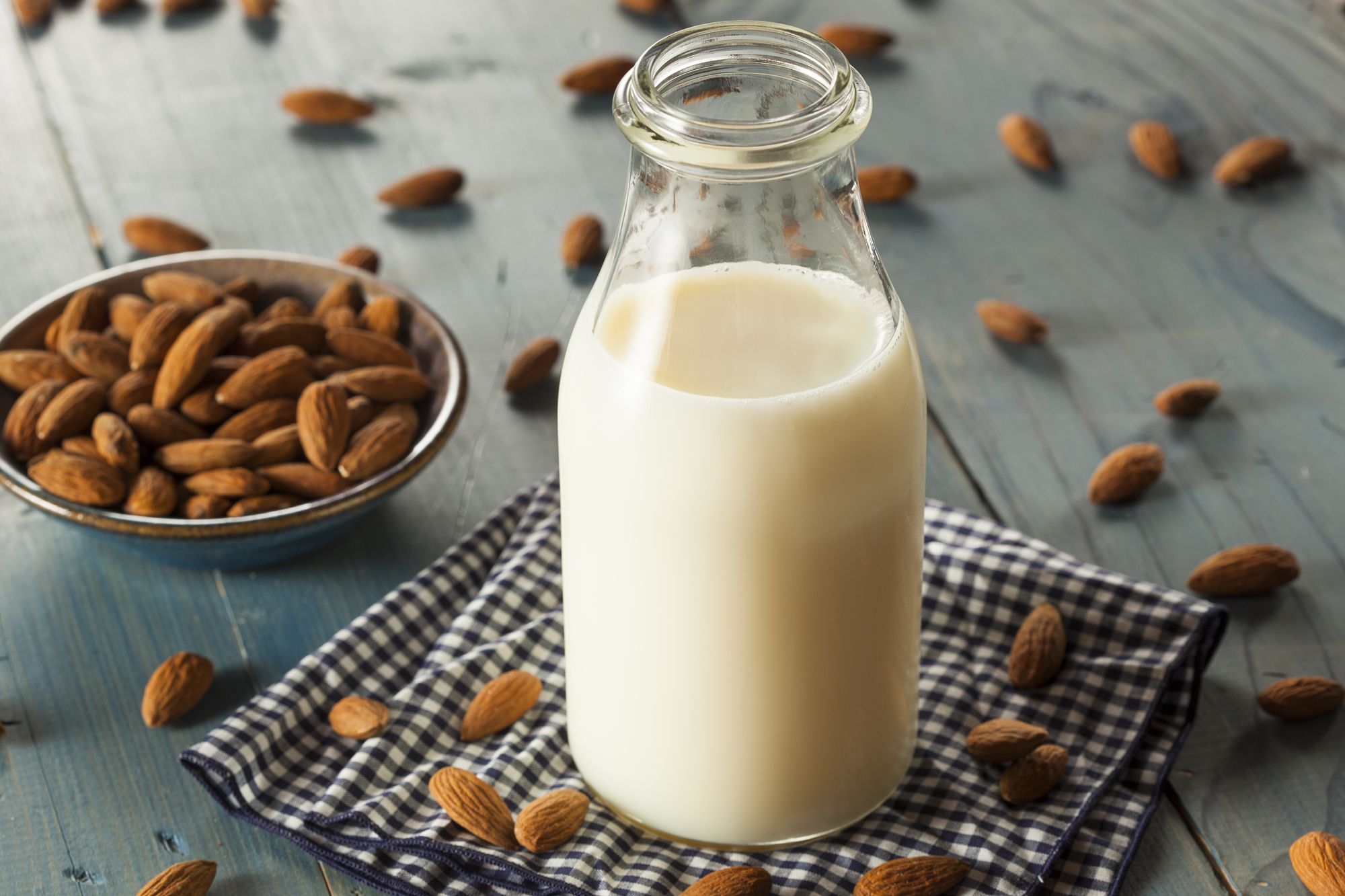
Vitamin D content (per 1 cup of soy milk): 114 IUs (19% Daily Value)
Typically, regular, unfortified plant-based milks do not contain vitamin D. However, when you choose vitamin D-fortified almond or soy milk at the store, you have a convenient means to obtain this essential vitamin without consuming dairy. You can enjoy it with your cereal, coffee, or as a standalone beverage, and in doing so, you'll attain nearly 20% of your daily recommended intake of vitamin D.
3) Orange Juice
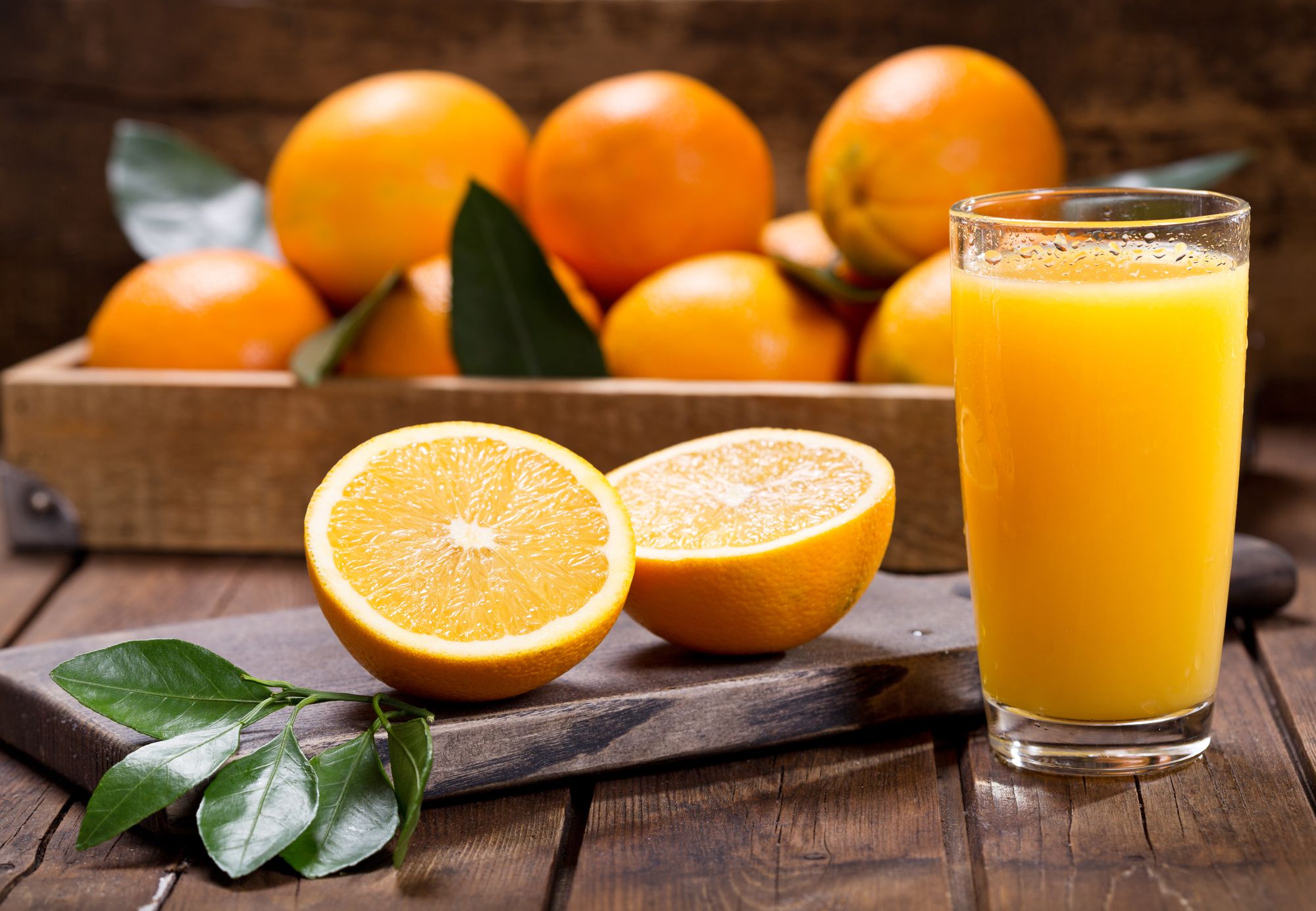
Vitamin D content (per 1 cup): 105 IUs (18% Daily Value)
Orange juice typically does not naturally contain vitamin D, but it's commonplace to find vitamin D-fortified versions on store shelves. Opting for vitamin D-fortified orange juice allows you to not only relish the advantages of vitamin D for brain and bone health but also benefit from the potent antioxidants and immune support offered by vitamin C.
4) Pork Spareribs

Vitamin D content (per 3 ounces): 88 IUs (15% Daily Value)
When you're yearning for succulent, tender pork ribs, it's essential to distinguish between spare ribs and baby back ribs. Spare ribs are derived from the lower portion of the rib cage and tend to be more substantial, while baby back ribs come from the upper part. Another distinguishing factor is that spare ribs offer a higher vitamin D content per serving (88 IUs) compared to baby back ribs (26 IUs).
If you're accustomed to preparing baby back ribs, be prepared for a somewhat longer cooking duration when working with spare ribs, given their larger size.
5) Sea Bass

Vitamin D content (per 3-ounce raw fillet): 192 IUs (32% Daily Value)
Whether you choose to pan-fry it, bake it in the oven, or grill it, indulging in a portion of sea bass will supply you with 192 IUs of vitamin D, equivalent to 32% of your daily recommended intake. Sea bass boasts a delicate, flaky texture and pairs harmoniously with various flavor combinations.
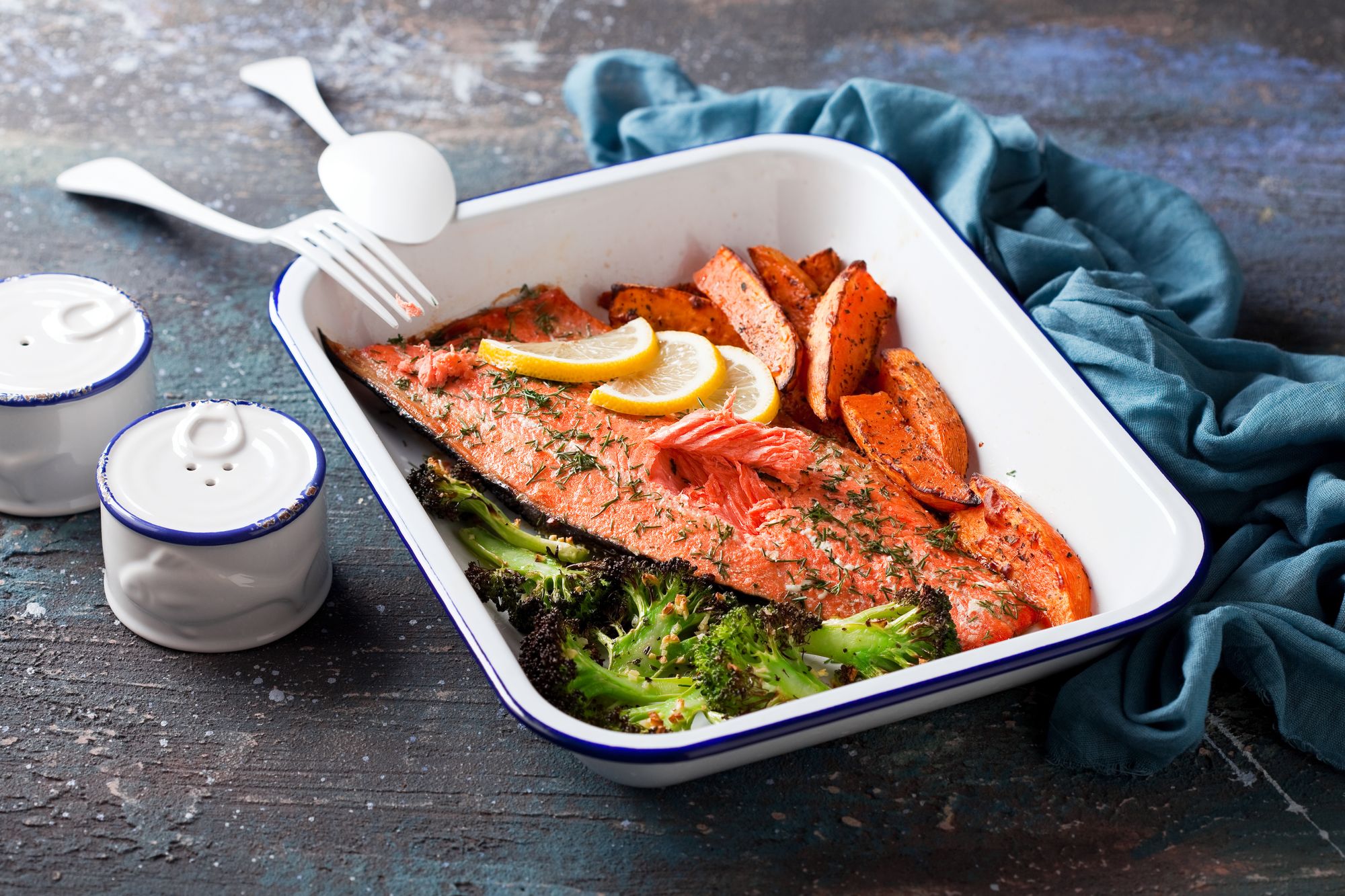
Vitamin D content (per 3 ounces, canned): 730 IUs (121% Daily Value)
Sockeye salmon, native to the northern Pacific Ocean, stands out with its notably elevated vitamin D levels. While both farmed and wild salmon are rich in vitamin D, wild salmon often boasts higher levels due to its diet, which includes crustaceans.
7) Greek Yogurt
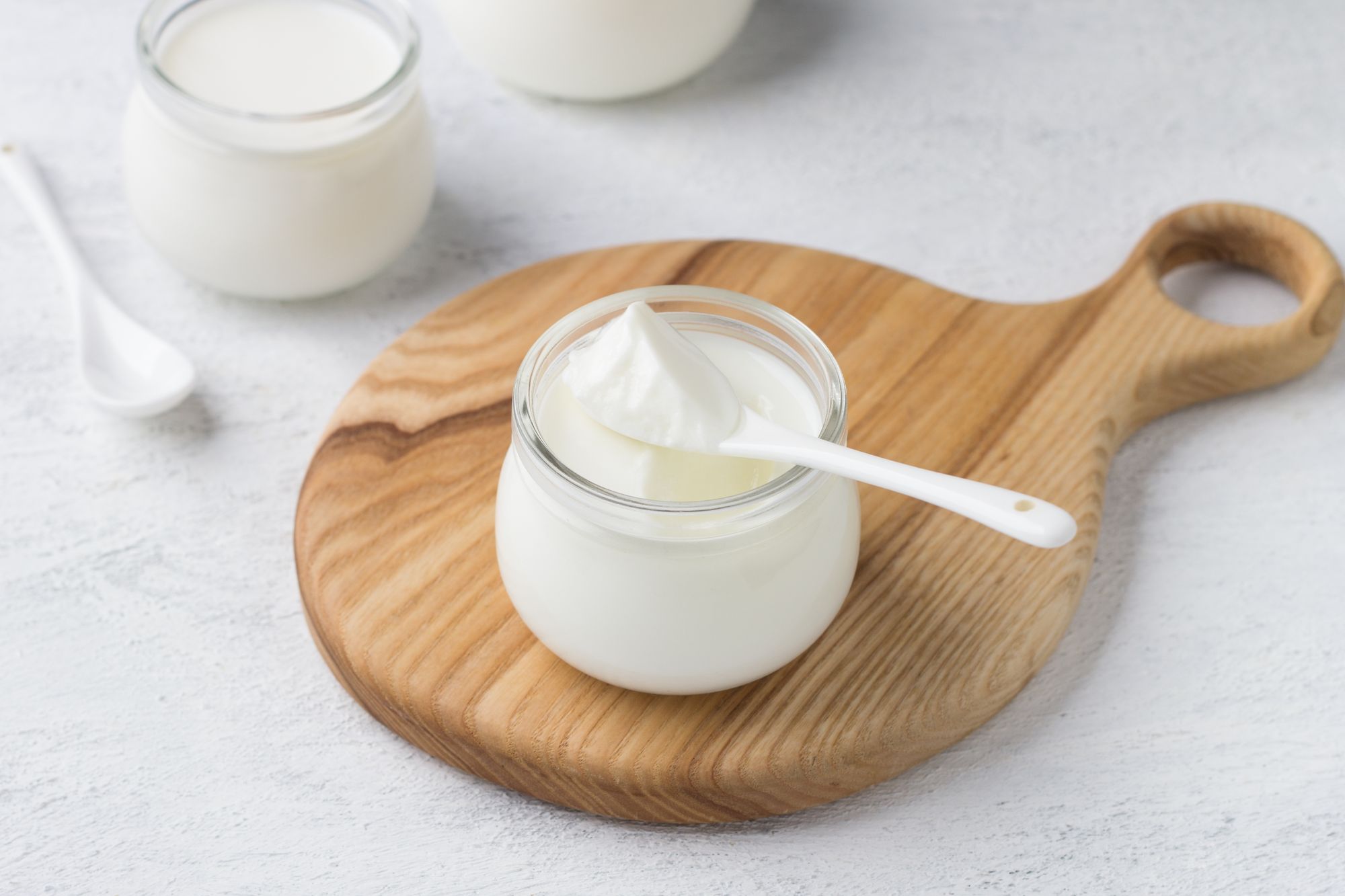
Vitamin D Amount in One 5.3-Ounce Container: 53 International Units (IU) (9% of Daily Value)
While we've highlighted the advantages of choosing vitamin D-fortified yogurt, if it's unavailable or you prefer a higher-protein alternative, Greek yogurt can still provide a vitamin D boost. Although it offers around 9% of your daily value per container, you can conveniently enhance your intake by incorporating fortified breakfast cereal into the mix.
8) White Mushrooms Treated with Ultraviolet Light
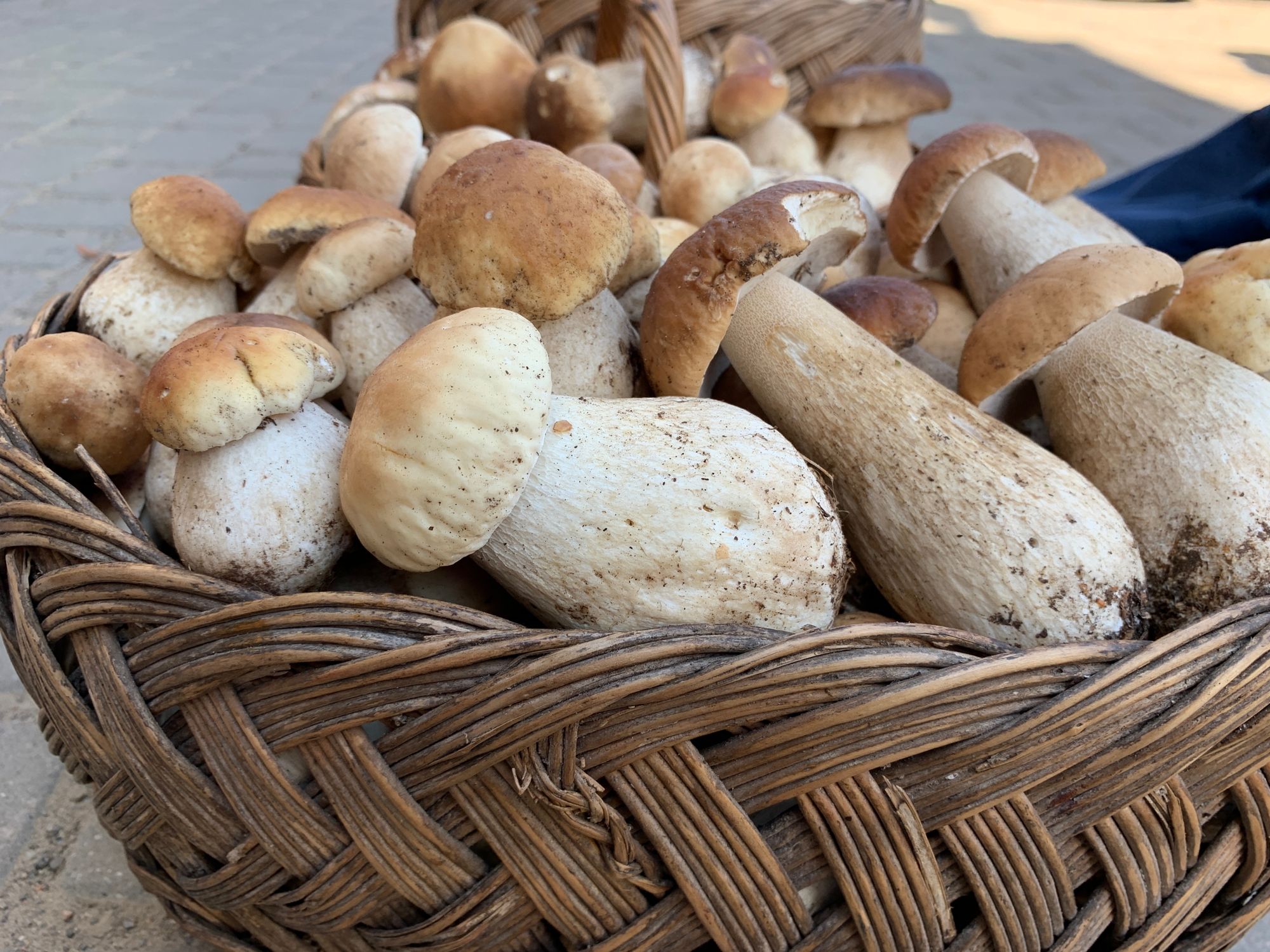
Vitamin D content (per 1 cup): 1,010 IUs (168% Daily Value)
It may sound unusual, but let us explain: when mushrooms are exposed to sunlight or UV lamps (ultraviolet light), they have the capacity to produce substantial amounts of vitamin D2, as demonstrated in a study published in the journal Nutrients. Remarkably, this process yields mushrooms with vitamin D levels that surpass those found in the majority of vitamin D-rich foods.
9) Eggs

Vitamin D Amount in One Large Egg: 50 International Units (IU) (8% of Daily Value)
While eggs are commonly recognized for their protein and choline content, which are essential for metabolism, cognitive function, and healthy muscle tissue, they also serve as a source of vitamin D. A single egg provides 8% of your daily value, and by incorporating two eggs into your breakfast, you can swiftly increase your intake, promoting enhanced immune and bone health.
10) Cured Ham

Vitamin D Amount in 3 Ounces of Cured Ham: 64 International Units (IU) (11% of Daily Value)
Cured ham undergoes preservation through ingredients such as sugar, salt, and nitrates. Processed red meats like this should be consumed in moderation due to their association with cardiovascular disease and various cancers. Nonetheless, when indulging in meats like cured ham occasionally, such as during a charcuterie and wine night, one advantage is the provision of a modest vitamin D boost, contributing to approximately 11% of your daily value.
11) Cheddar Cheese

Vitamin D Amount in One Cup: 32 International Units (IU) (5% of Daily Value)
While not as rich in vitamin D as American cheese, cheddar cheese still provides a modest amount, offering approximately 5% of your daily value in one cup. Additionally, indulging in this cheese type comes with the added benefit of a substantial dose of protein and calcium in every bite.
12)Tilapia

Vitamin D Amount in One Fillet: 130 International Units (IU) (22% of Daily Value)
Tilapia is a gentle fish ideal for those seeking an easily accessible seafood choice that adeptly absorbs the flavors of its accompanying dish. Providing 22% of your daily value of vitamin D, this fish is also beneficial for meeting your nutritional targets.
13) Breakfast Cereal
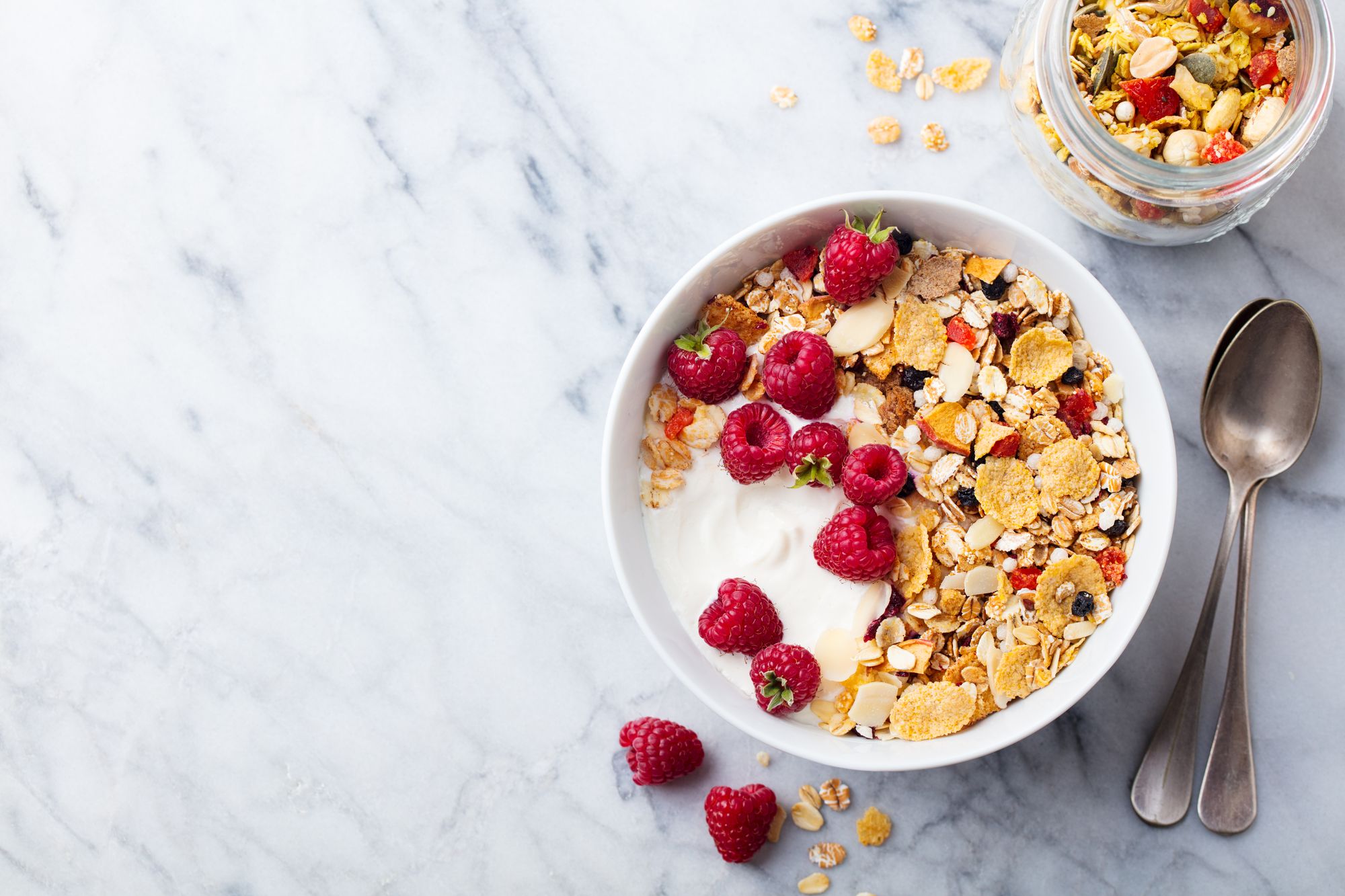
Vitamin D content (per 1 to 1 1/4-cup serving): 2 micrograms (10% of Daily Value)
As mentioned, a variety of vitamin D-fortified beverages are available in the market, such as orange juice, cow's milk, and plant-based milk. However, you might be surprised to learn that fortified breakfast cereals are also an option. While not all cereals are enriched with vitamin D, popular choices like Total, Rice Krispies, Cocoa PEBBLES, and Honeycomb can provide between 10% and 15% of your daily value.
If you're aiming to maximize your vitamin D intake during breakfast, consider pairing fortified cereal with fortified milk for a simple and effective solution!
14) Cow Milk
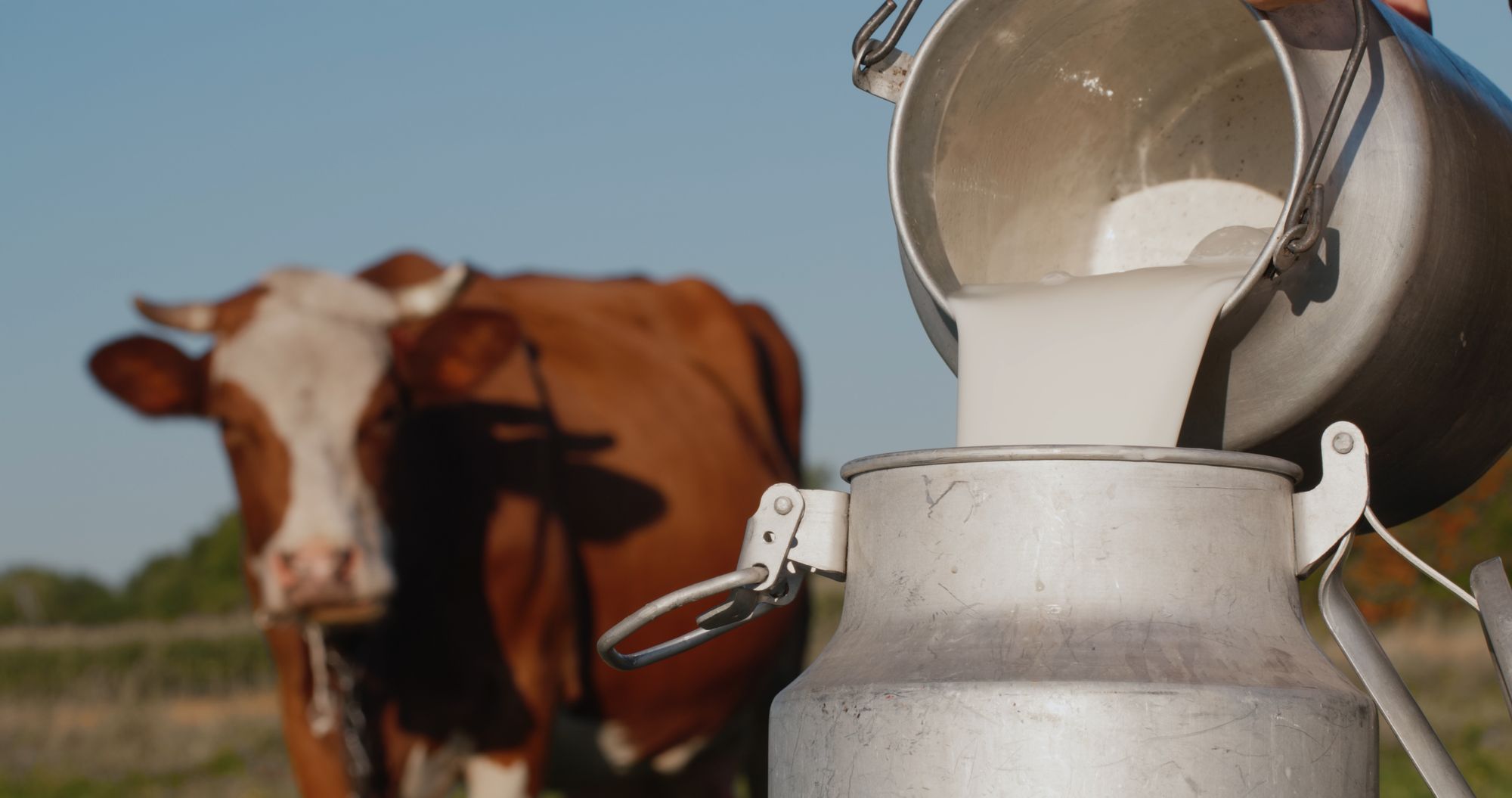
Vitamin D Amount in One Cup: 120 International Units (IU) (20% of Daily Value)
While regular cow's milk naturally contains minimal vitamin D, many brands enhance their milk by incorporating various vitamins and minerals. Vitamin D-fortified milk is readily available in stores, and opting for it ensures that a cup of milk or pouring it over your morning cereal can contribute approximately one-fifth of your daily value.
15) Canned Sardines
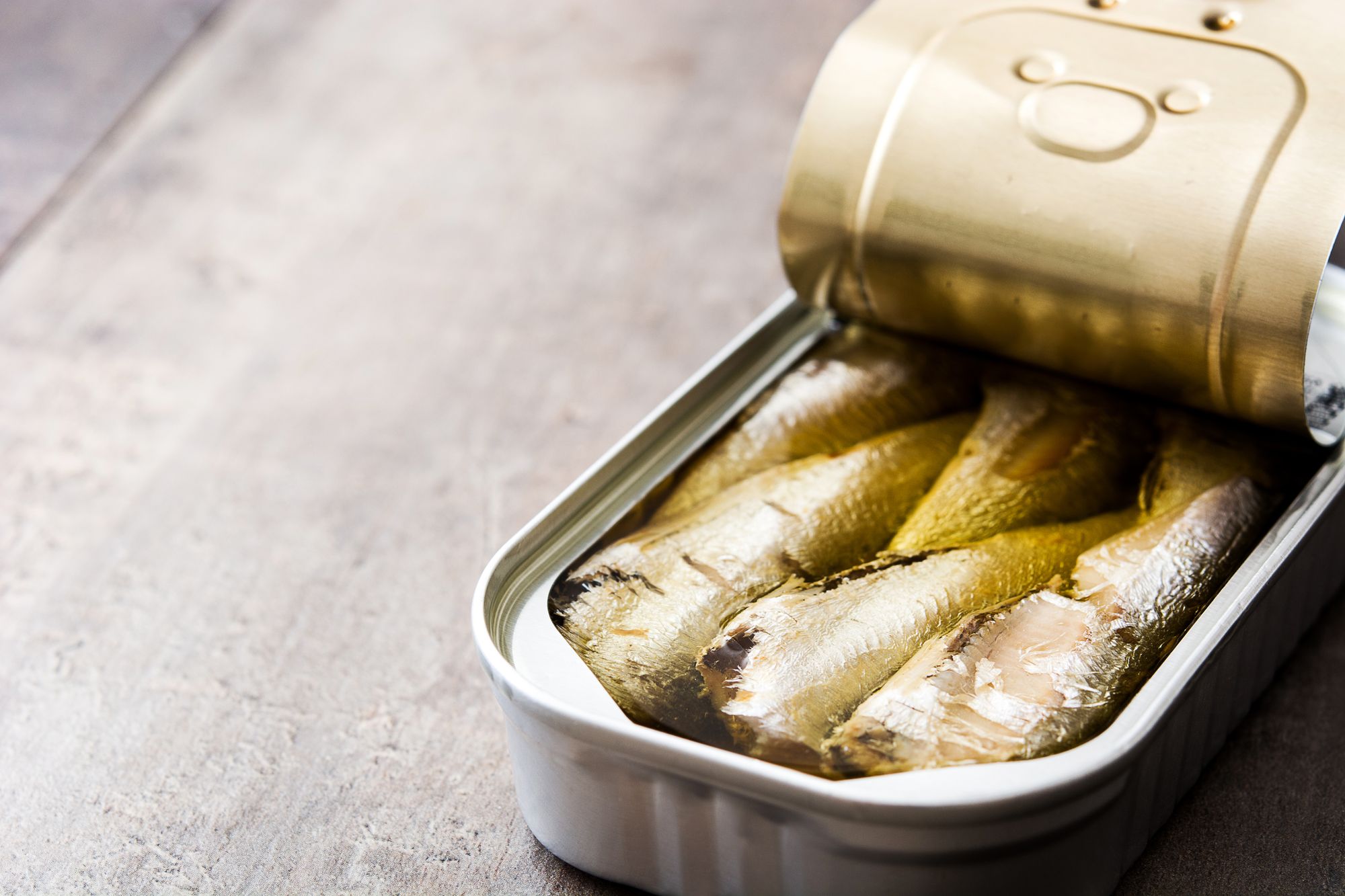
Vitamin D Amount in One Can: 288 International Units (IU) (48% of Daily Value)
Canned sardines offer a convenient and budget-friendly method to enhance your vitamin D intake, promoting bone and brain health. Like canned tuna, you have the flexibility to enjoy the sardines straight from the can, pair them with crackers, or create a sardine salad sandwich with mayo, scallions, and your favorite spices.
16) American Cheese

Vitamin D Amount in One Slice: 84 International Units (IU) (14% of Daily Value)
American cheese, a processed blend of various cheeses, is recognized for its mild flavor and excellent melting properties, making it a popular choice for items like hamburgers or grilled cheeses. While this cheese is sometimes criticized for containing preservatives like sodium phosphate, uncommon in other cheeses, it also provides several beneficial vitamins and nutrients. In a single slice, you'll receive nearly 15% of your daily value of vitamin D.
17) Shiitake Mushrooms, Cooked

Vitamin D Amount in One Cup: 41 International Units (IU) (7% of Daily Value)
As mentioned previously, white mushrooms, particularly when exposed to ultraviolet light, can provide a substantial amount of vitamin D. However, if you prefer shiitake mushrooms, they offer a smaller dose of this vitamin.
18) Yogurt

Vitamin D Amount in 6 Ounces of Yogurt: 80 International Units (IU) (13% of Daily Value)
Yogurt is rich in essential nutrients such as protein and calcium. Opting for fortified yogurt provides an additional dose of vitamin D. To choose the healthiest option, select yogurt varieties with lower added sugar and fat content while prioritizing higher protein content
19) Swordfish

Vitamin D content (per 3-ounce fillet): 566 IUs (94% Daily Value)
Swordfish is an ideal option for individuals who appreciate fish but prefer a milder flavor and aroma. A single 3-ounce fillet of swordfish provides nearly an entire day's recommended intake of vitamin D. Whether you opt to bake or grill this fish, you'll be savoring the advantages it offers for brain and bone health.
20) Canned Light Tuna in Water
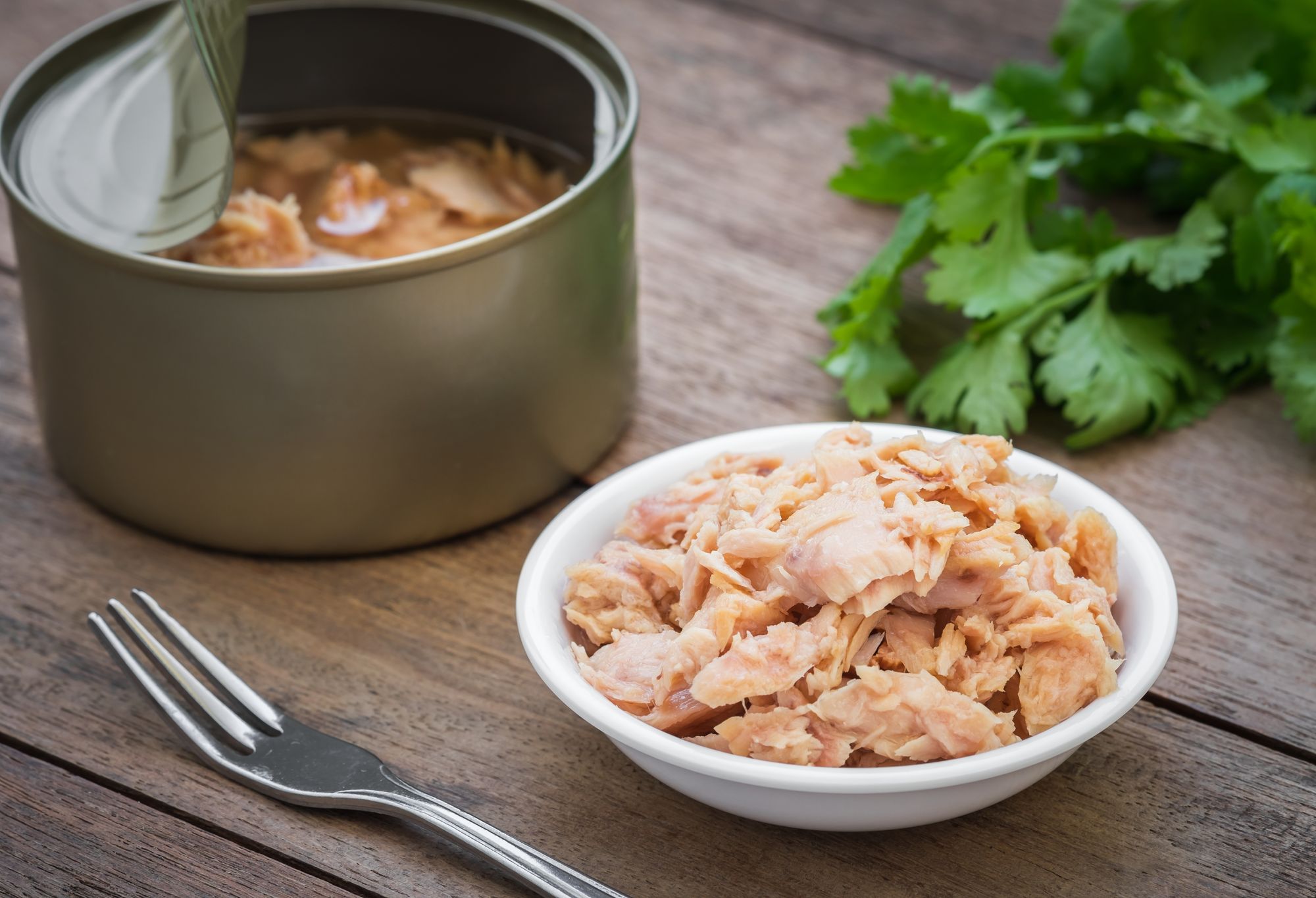
Vitamin D Amount in One Can: 72 International Units (IU) (12% of Daily Value)
While a can of tuna may not provide as much vitamin D as other canned fish such as salmon or sardines, if tuna is your preference, you can still receive a satisfying 12% of your daily value of vitamin D.
21) Halibut, Atlantic and Pacific
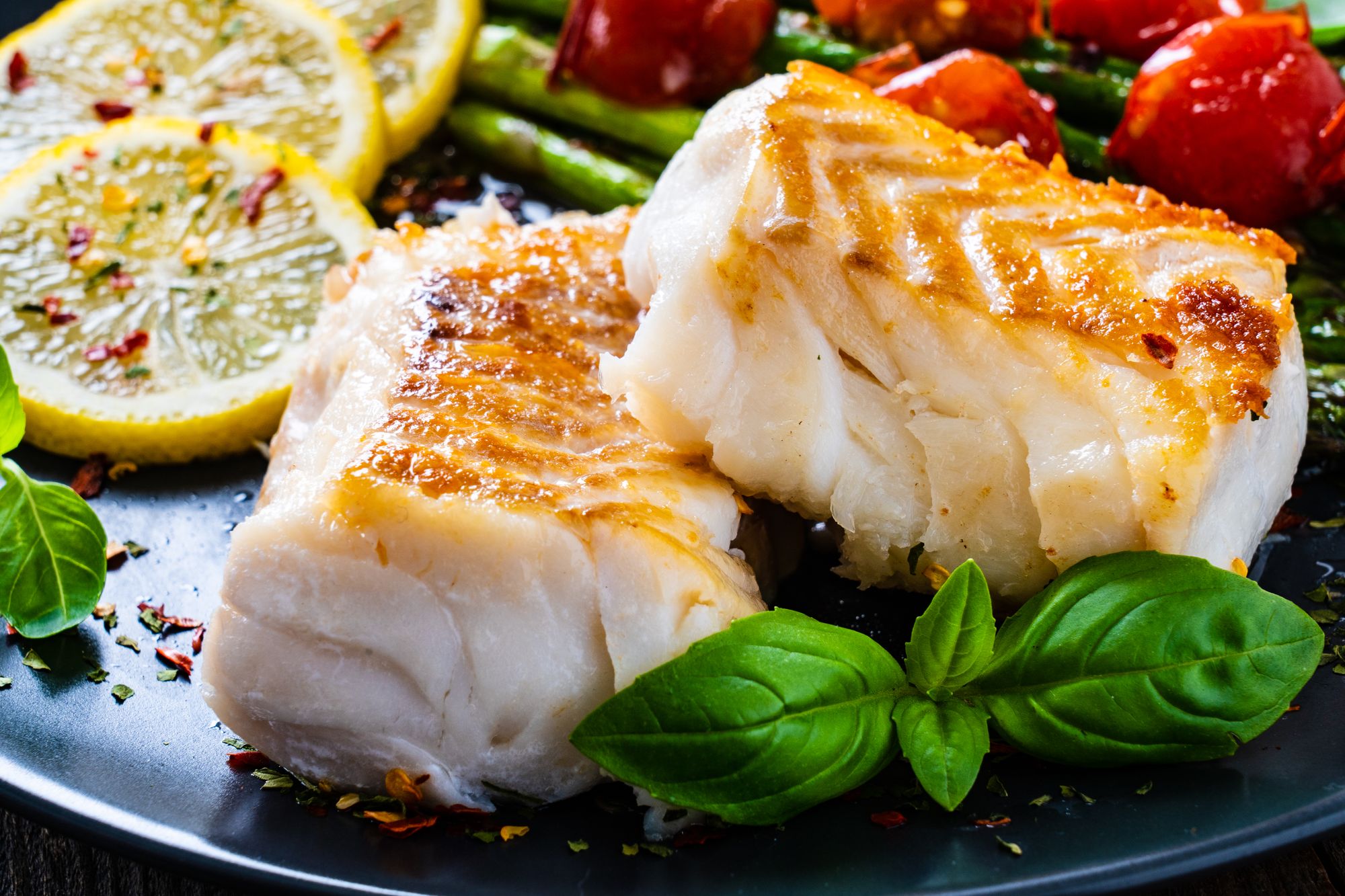
Vitamin D Amount in One 3-Ounce Fillet: 196 International Units (IU) (33% of Daily Value)
Similar to several other fish varieties, halibut is a mild, flaky white fish versatile enough for various cuisines and recipes. Whether Atlantic or Pacific, both types of halibut are rich in vitamin D. A 3-ounce serving provides approximately one-third of your daily value of this essential vitamin. Whether purchased fresh or frozen, indulge in the delightful health benefits of halibut.
22) Farmed Atlantic Salmon
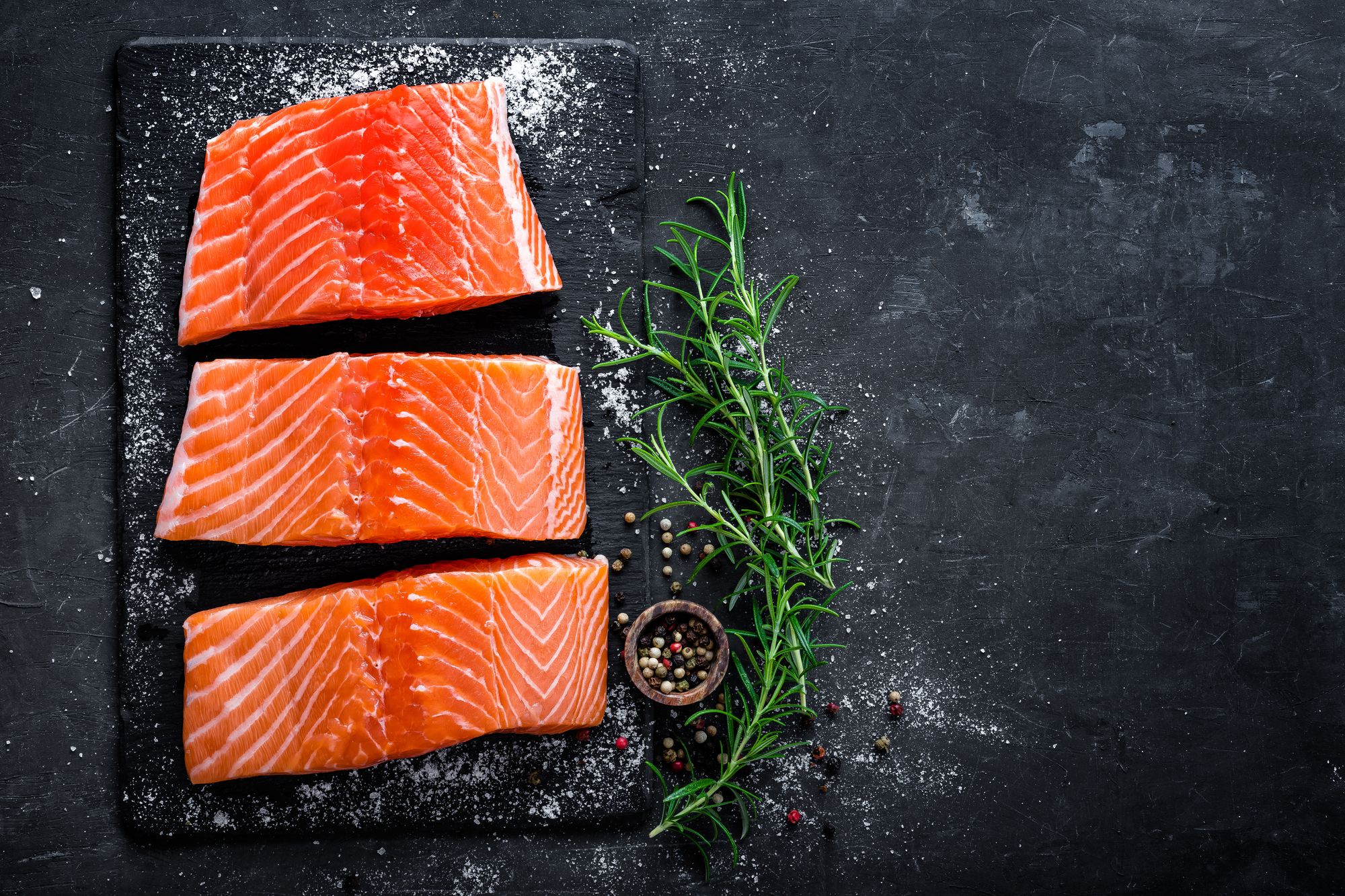
Vitamin D Amount in One 3-Ounce Farmed Atlantic Salmon Fillet: 447 International Units (IU) (75% of Daily Value)
While farmed salmon typically contains less vitamin D compared to wild salmon, a 3-ounce filet of Atlantic farmed salmon still provides an impressive 75% of your daily value. Whether baked and paired with a salad or your favorite vegetables, or served over a bed of rice with spicy mayo, it makes for a delicious and vitamin D-rich meal.

